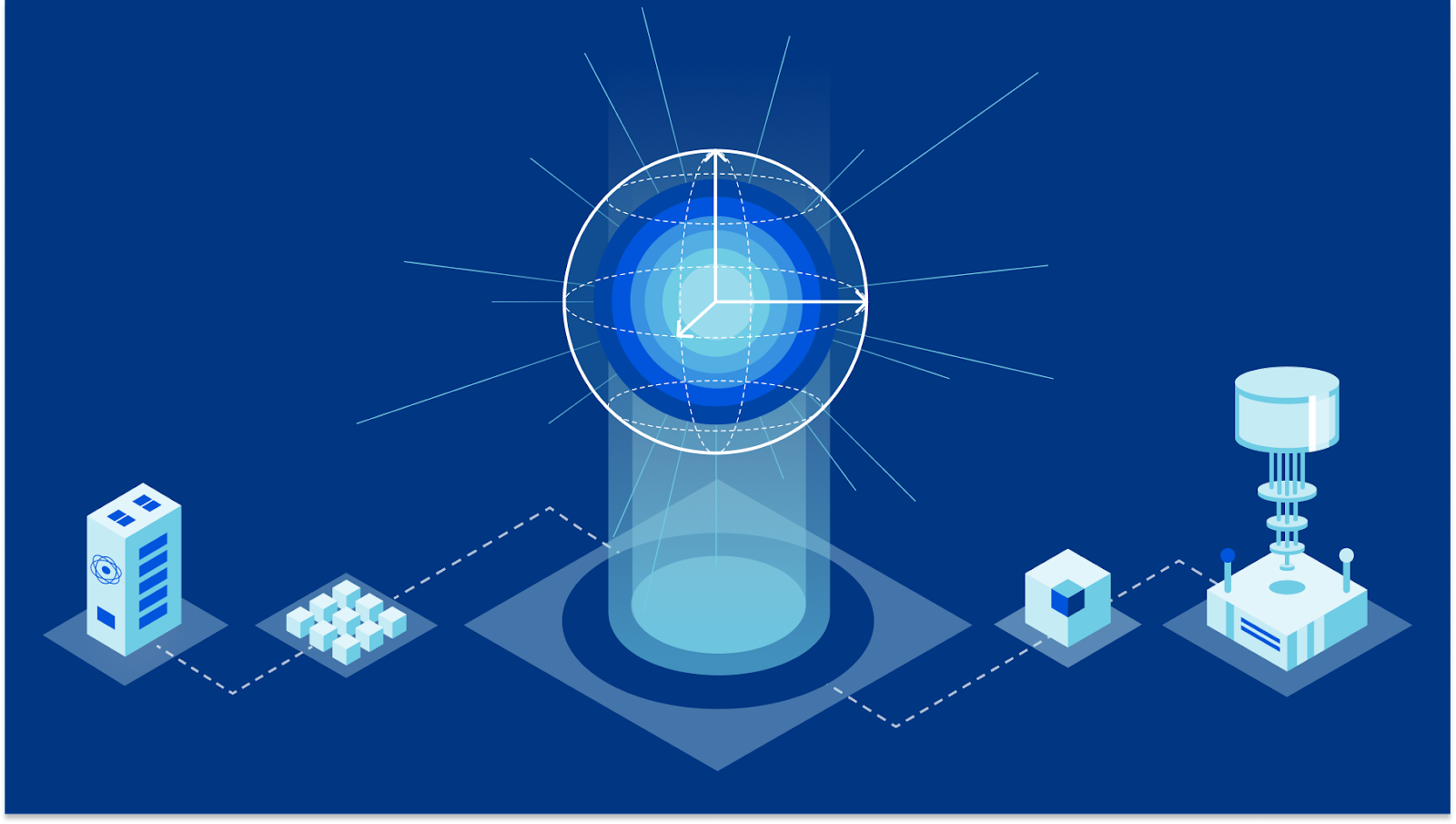Cisco CCNP ENARSI Exam
It is the very version released for this exam, kind of replacing the Routing+TShoot exam of the old CCNP RS,
and it has the code of 300-410
CCNP ENARSI Exam Content & Topics
the exam generally has 4 modules to study and focus on, teaching you configuring and troubleshooting many protocols,
on the aspect of “routing, virtualization & security, IP services, and assurance”
Skills learned with ENARSI
Deep Dive Troubleshooting Mainly for:
- EIGRP
- OSPF
- BGP
- mGRE and IPSec (DMVPN)
The carrier of this badge is expected to have a skills level for routing, security, and virtualization that is definitely higher than the level covered by the CCNP ENCOR exam, and near reaching the level of the CCIE Enterprise Infrastructure, so be careful by really LABBING every topic in the exam with all the possibilities and scenarios.
CCNP ENARSI Exam Nature & Type
The first and the current version of the exam has the code of 300-410.
even though that agenda barely have the word “describe” within its modules, and that most of the topics are to be configured
and troubleshooted, but just like ALL the new NON-LAB Continue reading





